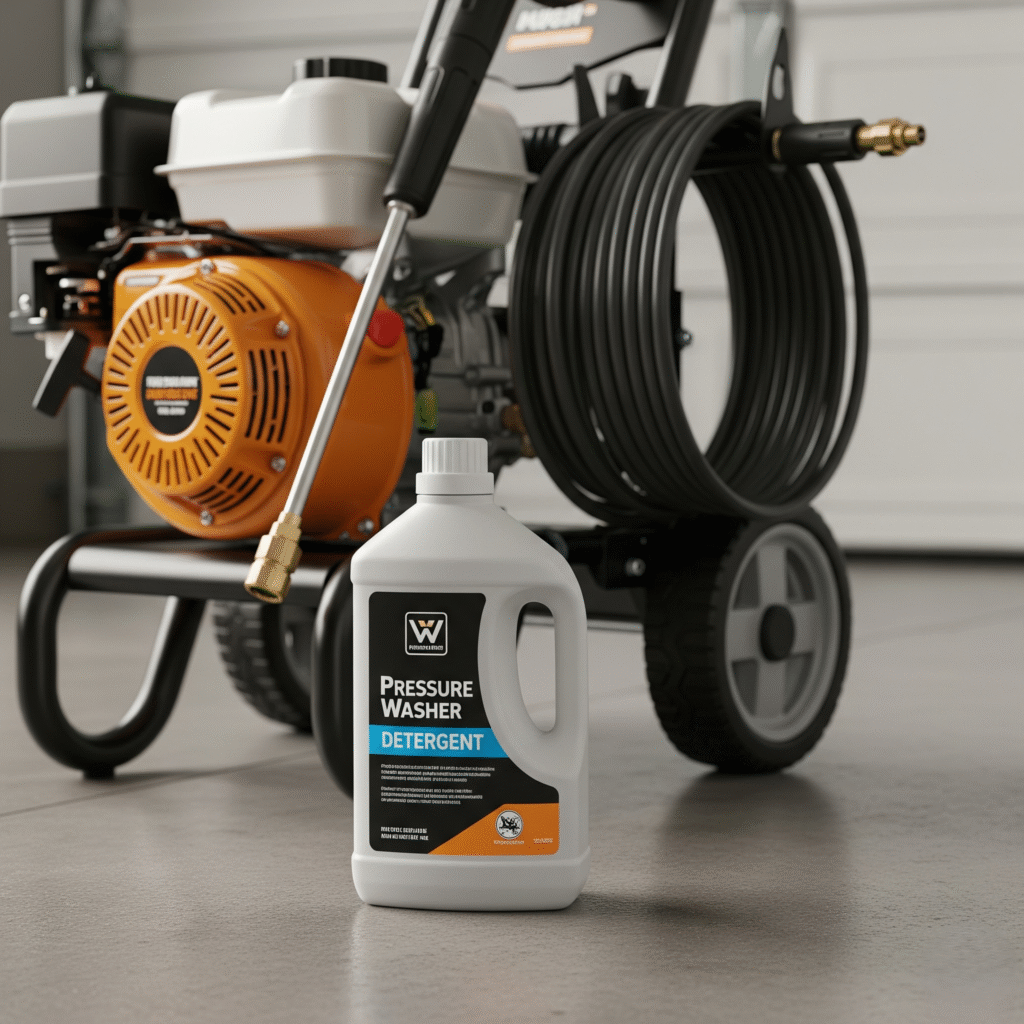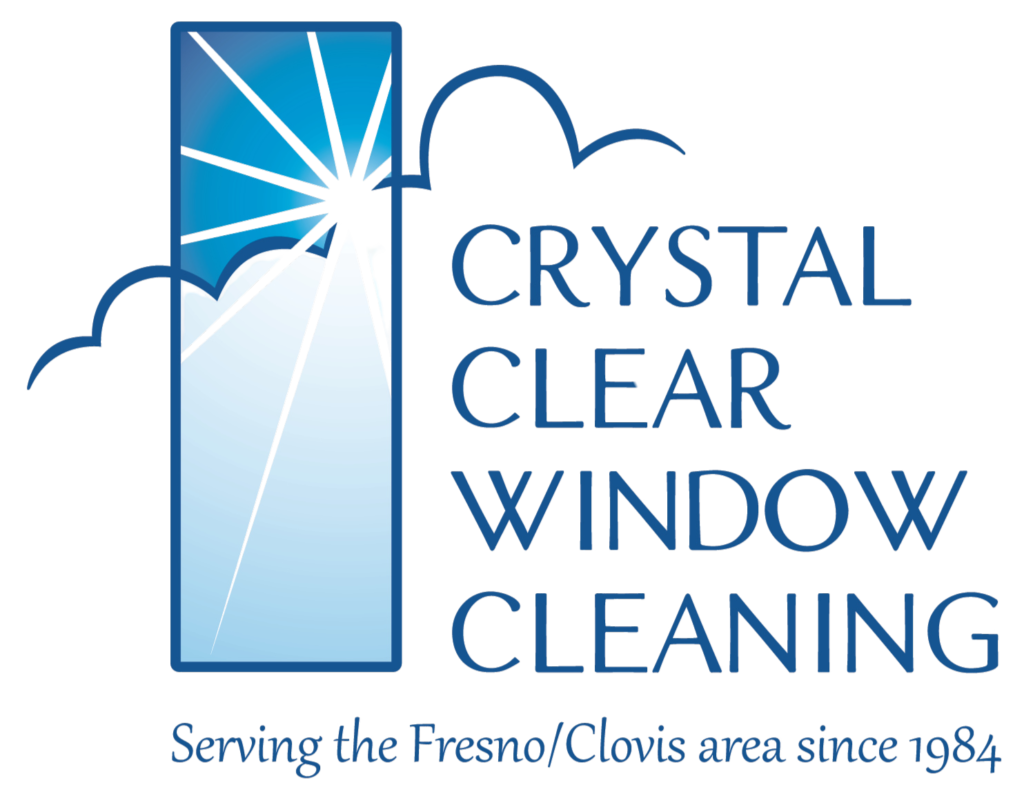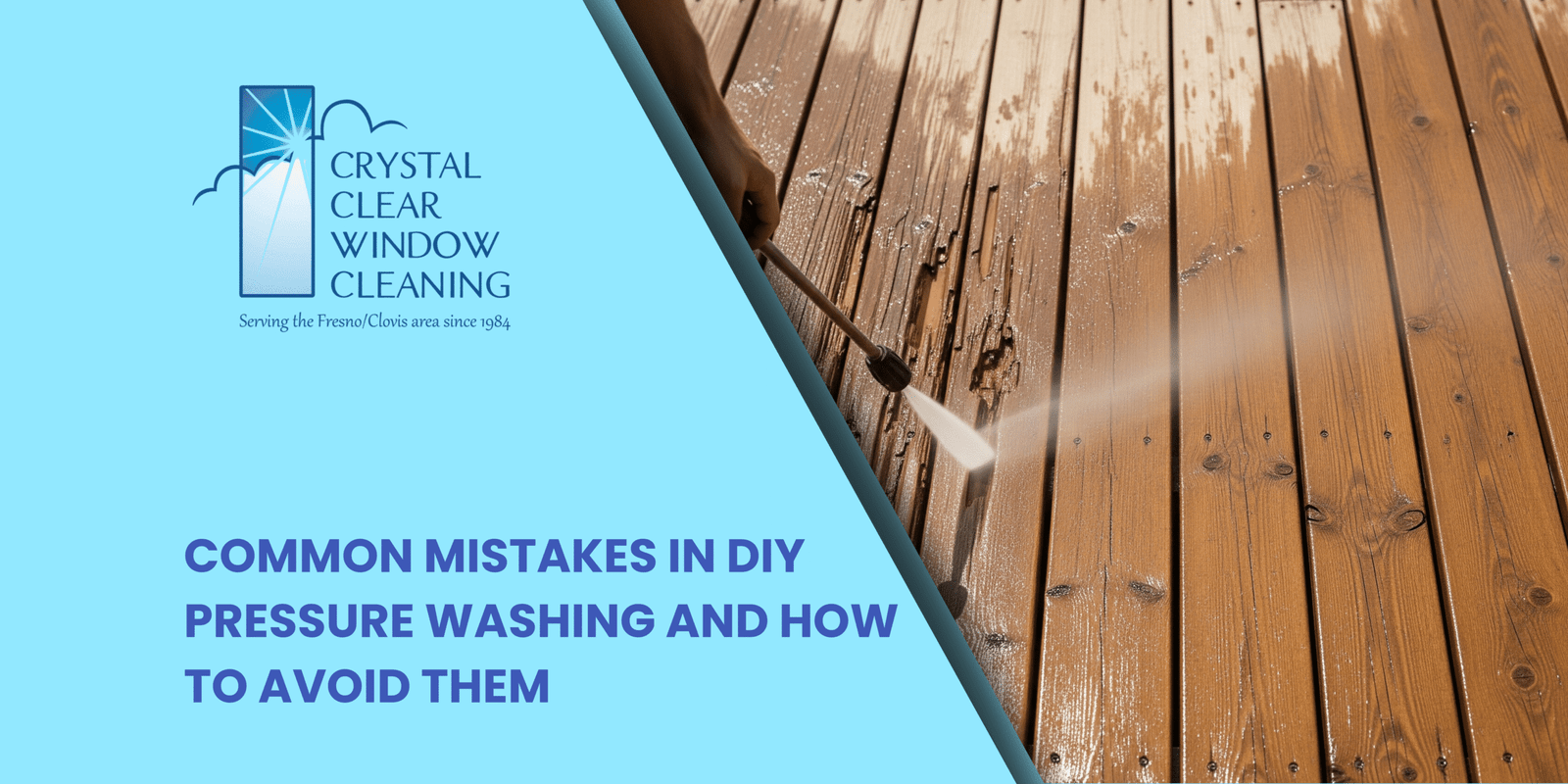Pressure washing is one of the most effective ways to clean outdoor surfaces. From decks to driveways, this powerful tool can restore your property’s appearance within hours. However, while it may look simple, many homeowners make costly mistakes when handling pressure washers themselves. These errors can damage property, cause injuries, and reduce cleaning effectiveness.
This guide outlines the most common DIY pressure washing mistakes and how to avoid them, so you can achieve a spotless finish safely and efficiently.
1. Using the Wrong Pressure Setting
Mistake: Many DIY users crank up the pressure to the maximum, thinking it will clean faster and better.
Why it’s a problem: High pressure can erode surfaces like wood, siding, and even concrete. It can strip paint unintentionally and damage surfaces beyond repair.
How to avoid it:
Adjust the pressure based on the surface:
- Wood decks: Use 500-1200 PSI
- Concrete: 2500-3000 PSI
- Vinyl siding: 1300-1600 PSI
2. Holding the Nozzle Too Close
Mistake: Spraying too close to the surface to blast away stubborn dirt.
Why it’s a problem: Holding the nozzle too close can gouge wood, chip paint, and even crack siding or concrete.
How to avoid it:
Maintain a safe distance:
- Start at 2 feet away
- Slowly move closer if necessary, but never go closer than 6 inches
3. Ignoring the Importance of Nozzle Types
Mistake: Using one nozzle for everything.
Why it’s a problem: Different nozzles offer different spray angles, which determine how intense and concentrated the water stream is.
How to avoid it:
Choose the right nozzle:
- Red (0°): Dangerous, avoid unless necessary for small metal or concrete surfaces
- Yellow (15°): Best for tough grime on hard surfaces
- Green (25°): General-purpose cleaning
- White (40°): Safe for windows and vehicles
- Black (65°): Used for applying detergent
4. Skipping Surface Preparation
Mistake: Jumping straight into pressure washing without prepping the area.
Why it’s a problem: Leaves can clog drains, windows can get damaged, and objects may be knocked over or harmed.
How to avoid it:
- Remove debris
- Cover nearby plants and windows
- Sweep loose dirt and sand
- Apply detergent if necessary
5. Neglecting Safety Gear
Mistake: Treating a pressure washer like a garden hose.
Why it’s a problem: High-pressure water can cut skin, throw debris into your eyes, and cause serious accidents.
How to avoid it:
Wear:
- Safety goggles
- Gloves
- Long pants
- Non-slip shoes
6. Using the Wrong Detergent
Mistake: Using dish soap or harsh chemicals not designed for pressure washers.
Why it’s a problem: It can damage the washer, corrode surfaces, or harm plants and pets.
How to avoid it:
- Use manufacturer-approved detergents
- Always rinse surfaces thoroughly after applying chemicals

7. Forgetting to Test an Area First
Mistake: Starting the job without checking how the surface reacts.
Why it’s a problem: You risk ruining an entire area before realizing it’s not safe to clean with high pressure.
How to avoid it:
- Always test in a small, hidden spot before starting the full job
8. Not Following a Consistent Pattern
Mistake: Cleaning randomly in different directions.
Why it’s a problem: Leaves streaks and inconsistent results.
How to avoid it:
- Move in even, overlapping strokes
- Clean from top to bottom to avoid dirty runoff on cleaned areas
9. Overlooking Post-Wash Sealing
Mistake: Cleaning is done, but no protection is applied.
Why it’s a problem: Surfaces like wood and concrete can deteriorate faster without sealing.
How to avoid it:
- Apply a sealant or protective coating once the surface dries
- Reapply annually for long-term results
10. Using a Gas-Powered Washer Indoors
Mistake: Trying to use a gas washer in a closed garage or basement.
Why it’s a problem: Gas-powered washers emit carbon monoxide, which is deadly in enclosed spaces.
How to avoid it:
- Only use electric washers indoors
- Ensure proper ventilation if cleaning enclosed outdoor spaces.
Contact us today!

